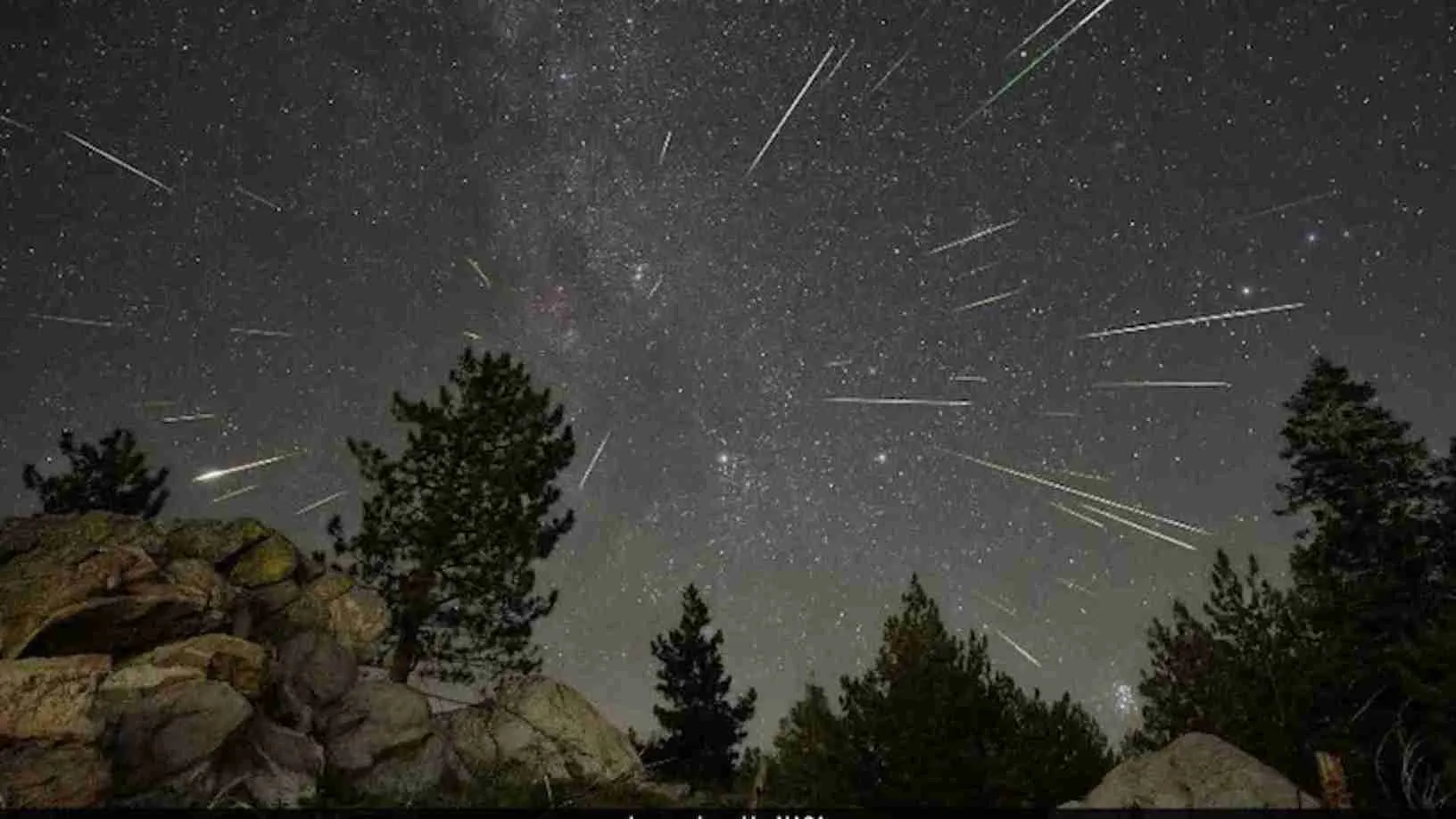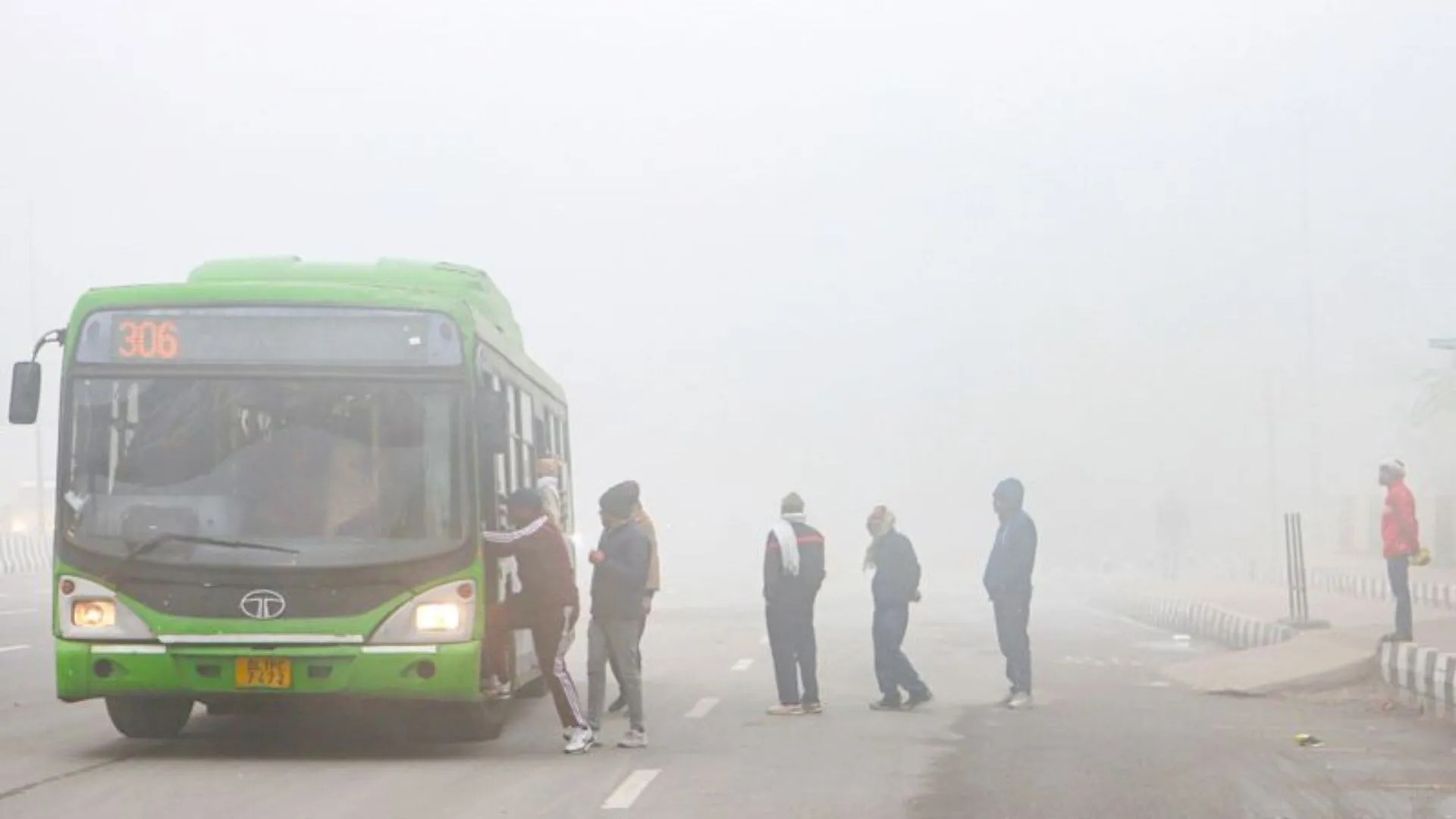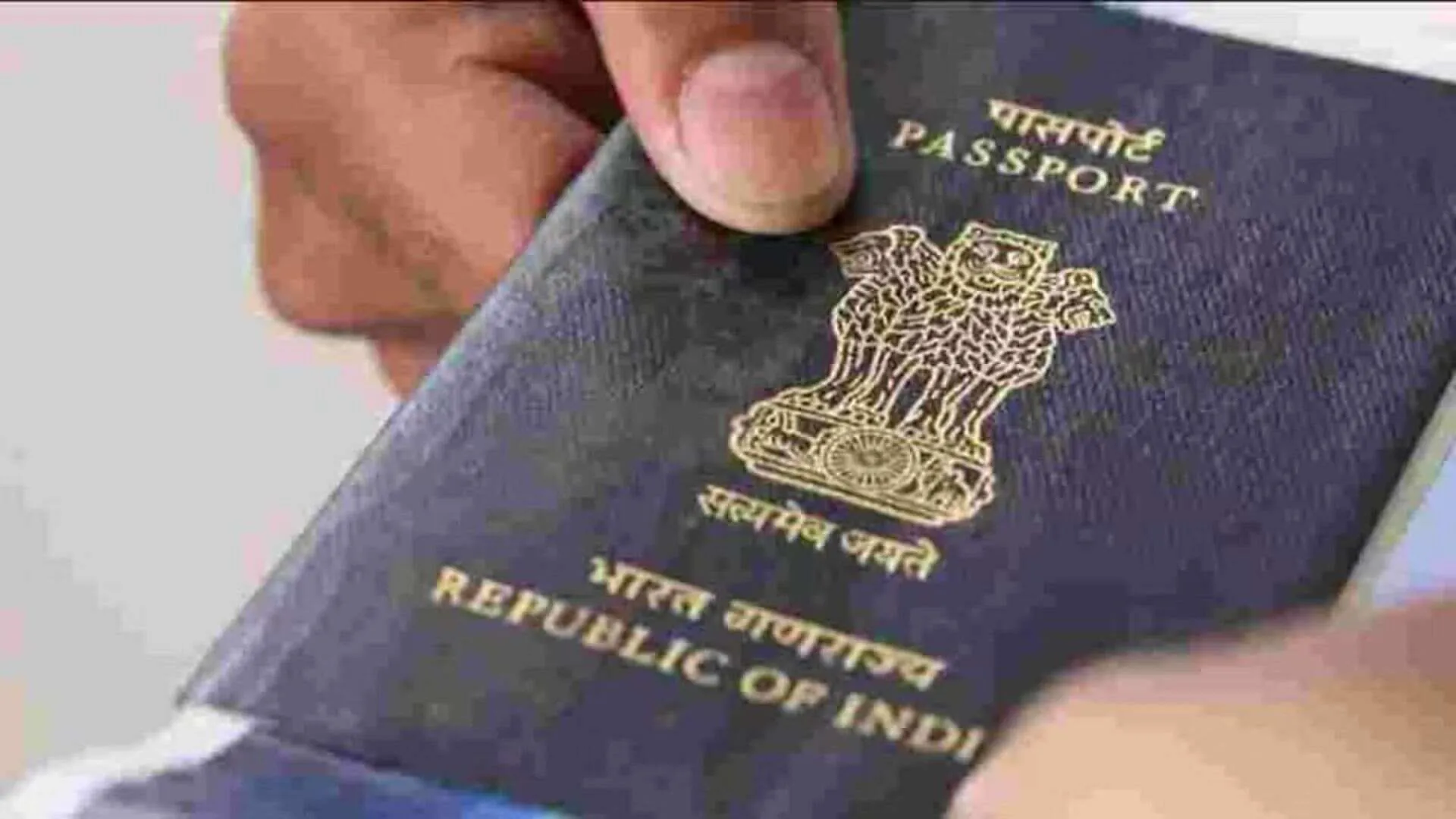The year 2025 begins with a spectacular celestial event as the Quadrantid meteor shower peaks, offering a dazzling display in the night sky. Astronomers and stargazers alike are in for a treat, as bright, powerful meteors streak across the heavens, visible to observers around the world. This year’s Quadrantids are already active and will continue to illuminate the sky until January 16, 2025. However, the peak of the meteor shower will occur between the night of January 2 and 3, 2025, with its maximum activity expected around 1500 GMT, or 8:30 PM IST in India.
Best Viewing Times and Locations in India
According to NASA, the Quadrantid meteor shower is best observed in the Northern Hemisphere, making it an ideal spectacle for India. The most favourable viewing time is during the night and predawn hours. Stargazers are encouraged to venture into areas away from city lights, where the dark skies will provide the best conditions for viewing. To catch a glimpse of the meteors, lie flat on your back with your feet facing northeast, and look up at the sky. It will take about 30 minutes for your eyes to adjust to the darkness, after which the meteors will begin to appear.
Patience is key as the meteor shower will continue through the night and well into the morning hours of January 4, offering ample time to witness the cosmic display. For those unable to travel to a dark location, visiting a nearby planetarium equipped with telescopes can be a great alternative.
The Quadrantid Meteor Shower: Overview
The Quadrantid meteor shower occurs annually, peaking in early January for a short period, unlike most meteor showers, which have a longer peak. This year, the peak activity will last for just a few hours, with an expected 60 to 200 meteors visible per hour under perfect viewing conditions. The Quadrantids’ short peak is due to the Earth’s perpendicular angle as it crosses the shower’s debris stream, a thin band of particles from the asteroid 2003 EH1.
The Quadrantids have their origins in the debris left behind by passing comets and, in some cases, asteroids. This meteor shower was first observed in 1825 and has since become a favourite among meteor enthusiasts due to its bright, colourful fireballs that often linger in the sky longer than typical meteors.
The Name and Legacy of the Quadrantids
The Quadrantid meteor shower derives its name from the now-defunct constellation Quadrans Muralis, which was introduced by French astronomer Jerome Lalande in 1795. The meteors in the shower appear to radiate from the modern constellation Bootes, and as a result, the Quadrantids are sometimes referred to as the “Bootids.”
As the Earth passes through the debris left by asteroid 2003 EH1, skywatchers around the globe are treated to a brief yet breathtaking meteor shower. The Quadrantids are particularly exciting for their visual appeal, with their colourful and lingering fireballs that add an extra layer of wonder to this spectacular celestial event.
The Quadrantid meteor shower in 2025 promises to be a captivating experience for stargazers, offering an extraordinary spectacle visible across the Northern Hemisphere. With the best viewing time occurring between the night of January 2 and 3, 2025, be sure to find a dark spot, lie back, and enjoy the cosmic display. Whether you are an experienced astronomer or a casual stargazer, this meteor shower is not to be missed.




















